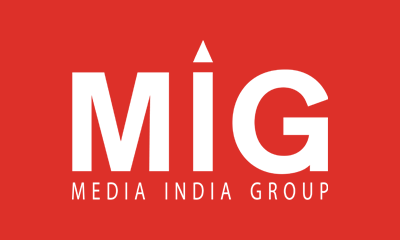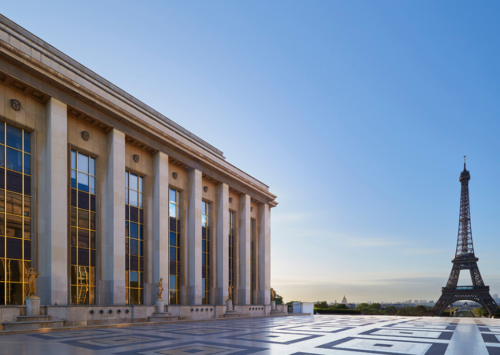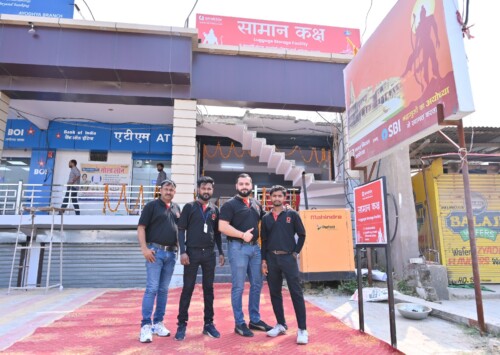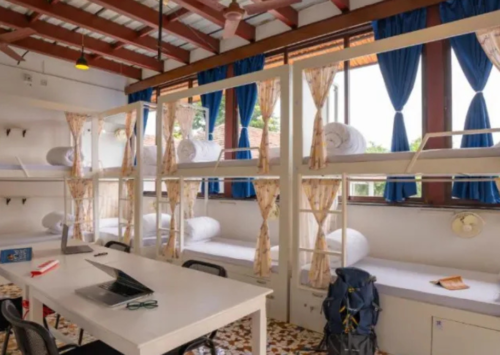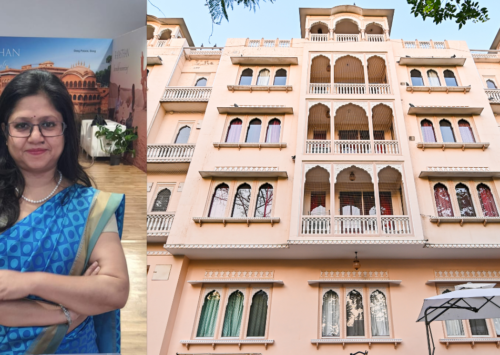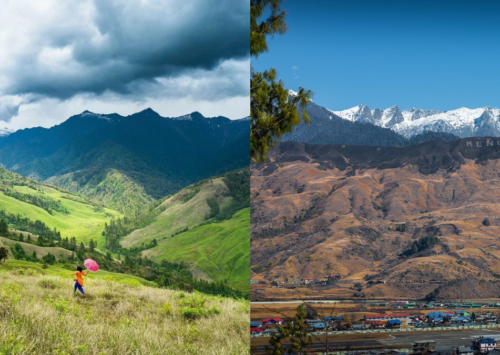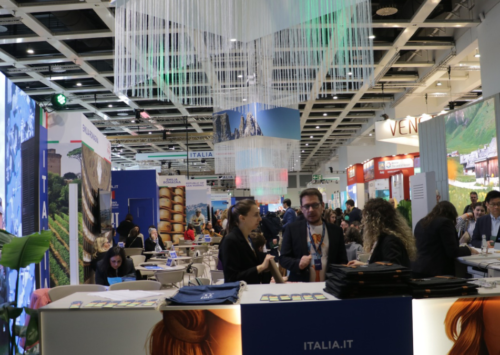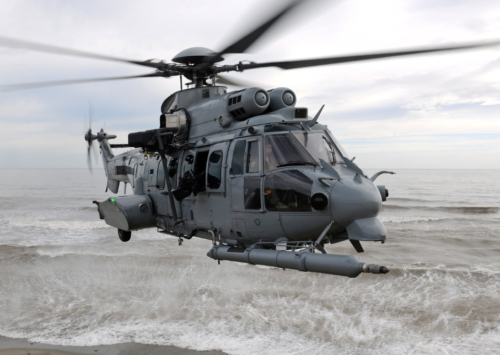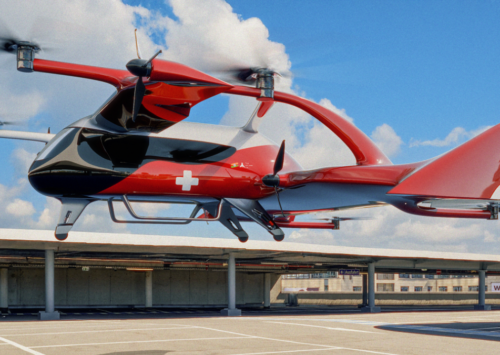From paper to ports: IMEC Corridor faces reality test
Closed markets, non-tariff barriers curtail Indian exports
Launched during the G20 Summit in New Delhi in 2023, the India-Middle East-Europe Economic Corridor (IMEC) was promoted as a much-needed infrastructure and trade initiative connecting Asia, the Middle East and Europe. Backed by key global powers, IMEC was specifically aimed to offer a strategic alternative to China's Belt and Road Initiative. But while on paper, the corridor promised faster, more efficient trade routes, in the real world, it faces significant obstacles, from unresolved trade agreements and regulatory hurdles to mounting geopolitical instability in key regions.
On September 11, 2023, during the G20 Leaders’ Summit in New Delhi, the India-Middle East-Europe Economic Corridor (IMEC) was unveiled as a transformative initiative aimed at enhancing economic integration and connectivity between Asia, the Middle East and Europe.
Spearheaded by India, the United States, Saudi Arabia, the United Arab Emirates (UAE), the European Union (EU), France, Germany and Italy, the IMEC was envisioned as a comprehensive infrastructure project comprising railways, shipping routes, digital connectivity and energy pipelines.
The India–Middle East–Europe Economic Corridor (IMEC) was also positioned as a strategic counter mission to China’s Belt and Road Initiative (BRI). With an ambitious, time-bound implementation, IMEC is supposed to enhance connectivity between India, the Middle East and Europe through a multimodal infrastructure network comprising rail, sea, and digital links. The corridor is envisioned to reduce trade time by 40 pc, offering a reliable and cost-effective route for goods moving from India to Europe via the Arabian Gulf and Israel.
“The proposed IMEC architecture is expected to reduce transit times by approximately 40 pc to and from key markets such as the European Union and the United States. This substantial reduction is highly significant from a supply chain efficiency standpoint. Faster transit times could lead to lower freight costs and improved inventory management, thereby enhancing the overall cost competitiveness of Indian exports. As a result, Indian exporters may gain access to new markets that were previously less viable due to cost-related constraints,” Akhtar Malik, Head of Programmes, BRIEF, a research institute based in Delhi, tells Media India Group.
In February 2024, India and the UAE signed an agreement to expedite the operationalisation of the IMEC. Despite the ambitious vision, the IMEC has faced significant challenges that have impeded its progress.
Also read: IMEC can be cement to bind together fragmented world trade
Though positioned as a counterweight to China’s Belt and Road Initiative, the gap between the two multilateral platforms is immense. While IMEC is still only on paper, in contrast, Chinese BRI, initiated in 2013, is a global infrastructure development strategy that has already invested in over 150 countries. The BRI has been instrumental in enhancing connectivity across Asia, Africa and Europe, but it has also faced some criticism for creating debt dependencies and exerting political influence over participating nations.
Trade agreements and regulatory challenges
A major hurdle to the India-Middle East-Europe Economic Corridor (IMEC) realising its full potential lies in the absence of Free Trade Agreements (FTAs) between India and several key participating nations. While IMEC aims to streamline trade across continents, multiple countries currently do not have FTAs with India.
“The EU is India’s largest trading partner in goods, with bilateral trade reaching USD 137.5 billion in 2023-24 fiscal year, marking a growth of about 90 pc over the previous decade. With a massive market value topping USD 15 trillion, EU markets offer incredible opportunities beyond traditional investing for India but unfortunately India has not been able to take advantage. Hopefully the free trade agreement between EU and India will help both to address the challenge productively,” Sunil Prasad, Secretary General, Europe India Chamber of Commerce (EICC) tells Media India Group.
Indian pharmaceutical products also often face strict scrutiny and regulatory hurdles in European countries due to concerns over quality control, trade barriers and documentation standards.
According to reports by the European Medicines Agency (EMA), a significant number of inspections of Indian manufacturing facilities have revealed deficiencies that fail to meet EU regulatory norms, resulting in import bans or product recalls. For instance, in 2023, several Indian drug makers received warning letters or had their products rejected due to data integrity issues and non-compliance with Good Manufacturing Practices (GMPs).
“EU looks at India as best option over China, reflecting potential shifts in trade dynamics. The EU and other global markets are seeking to reduce dependency on China for active pharmaceutical ingredients (APIs) and other critical components due to geopolitical tensions and supply chain vulnerabilities It is however concerning to see that the EU is going back on its commitments and pushing yet again for harmful provisions including patent term extension and data exclusivity in the ongoing trade negotiations with India. These provisions would further strengthen the monopolistic position of multinational pharmaceutical corporations and would restrict generic manufacturers from India to supply affordable lifesaving medicines. In the past negotiations, India had successfully removed these provisions, which go beyond international trade rules, to ensure access to medicines for people in low- and middle-income countries,” says Prasad.
“Indian pharmaceutical exports face several key challenges, including stringent regulatory requirements, quality standards, certification processes, compliance protocols and a significant dependence on imports for Active Pharmaceutical Ingredients (APIs) and Key Starting Materials (KSMs),” adds Malik.
Also read: NSDC International explores strategic skill partnerships in Germany
This lack of formal trade arrangements means that goods moving through the corridor could still face inconsistent tariffs, regulatory standards and customs procedures, thus diluting the intended benefits of faster and more cost-effective trade routes.
“Negotiations with the European Union and the United Kingdom have been ongoing for an extended period and have faced delays due to various factors, including trade barriers, environmental standards, labour practices and intellectual property concerns,” he adds.
Further complicating matters is the recent rise in global trade protectionism, most notably the United States’ move to introduce a 26 pc ‘reciprocal’ tariff on Indian goods. Though India is now pushing for a broader bilateral trade agreement with the United States, covering key sectors like e-commerce and automobiles, the timing casts doubt on IMEC’s viability as a seamless trade corridor.
Additionally, the IMEC faces challenges related to differing trade regulations, taxation policies, and customs procedures among the participating countries. These disparities can lead to delays, increased costs, and inefficiencies in the movement of goods, undermining the corridor’s intended purpose of providing a reliable and cost-effective transit network.
Geopolitical and security concerns
IMEC was planned as a safer, faster trade route between India and Europe, one that would avoid the risky waters near Yemen and the Suez Canal. The idea was to build a land and sea route through the Arabian Gulf and Israel, reducing reliance on areas affected by long-running conflicts.
But within weeks of its announcement in Delhi, the Israel-Palestine conflict broke out in October 2023. This immediately disrupted the northern part of the corridor, especially the link through Israel, putting the whole plan on hold.
“The western section of the corridor faces considerable challenges navigating the complexities of the Israel-Palestine conflict, whereas the eastern section demonstrates proactive engagement in forging new connections to adapt to the emerging maritime landscape,” says Malik.
Also read: Indian MSMEs grapple with US tariff fallout
As of 2025, the situation has only become more difficult. The war in Yemen continues, with the United States carrying out airstrikes to protect trade ships from Houthi attacks. At the same time, the Red Sea remains dangerous and the European Union has extended its military mission to protect shipping there. Instead of creating a more stable trade route, IMEC is now caught in multiple regional conflicts. These ongoing tensions are making the project less attractive to investors and raising serious questions about whether it can ever become the reliable trade corridor it was meant to be.
While the IMEC presents an opportunity to diversify trade routes and reduce reliance on traditional pathways like the Suez Canal, its current state raises questions about its immediate impact. The lack of finalised FTAs and the existing trade regulatory challenges suggest that the corridor may not yet offer substantial advantages over existing trade routes.
“Given India’s growing geopolitical stature, its established relationships with Middle Eastern partners, and existing supply chain vulnerabilities, the IMEC appears to be a particularly viable and significant corridor initiative,” says Malik.
“However, existing challenges pose a risk of delaying implementation, potentially dampening the initial enthusiasm and interest of participating nations and hindering the realisation of its full potential, a fate that has befallen previous transnational economic linkage initiatives,” he adds.
